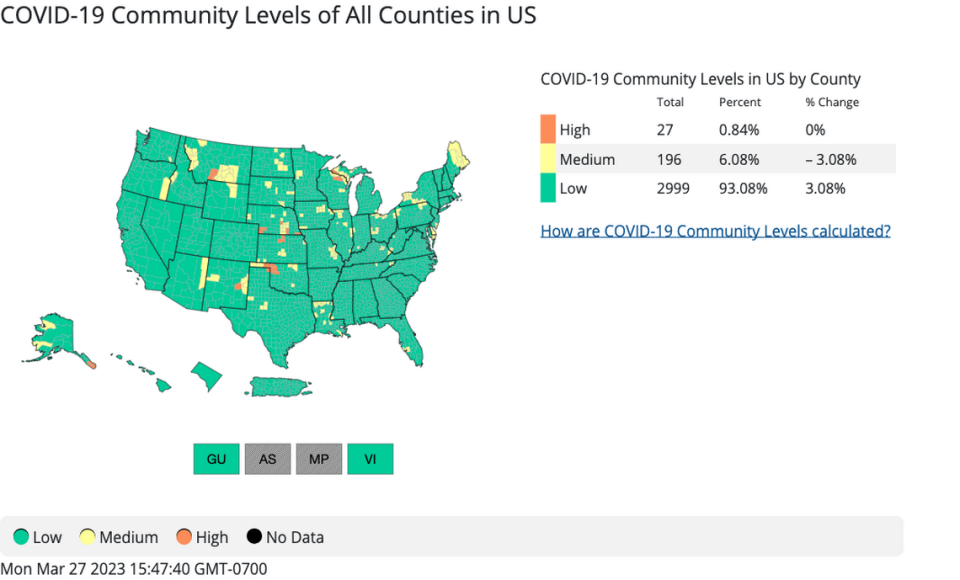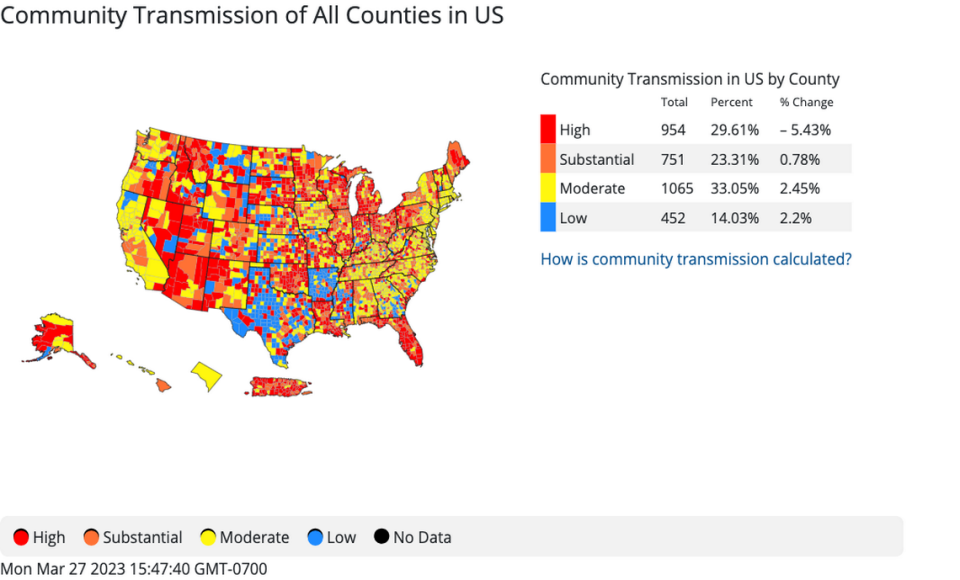Don’t toss that mask yet. Your doctor or hospital likely to keep requiring it for visits
Chances are good you’ll be required to wear a mask to your next medical appointment in Washington, despite the official end of the state’s COVID-19 masking order.
As of April 3 (Monday), the state Department of Health’s mandate for universal masking inside hospitals, health care facilities, long-term care and correctional facilities comes to an end.
On March 24, a group of health care system representatives in the state signed a consensus statement saying they would continue mask requirements for their facilities.
The joint response was coordinated by the nonprofit Northwest Healthcare Response Network and was supported in a separate joint statement from regional health authorities. Those included Public Health – Seattle & King County, Tacoma-Pierce County Health Department, Snohomish County Health Department, Kitsap Public Health District, San Juan Health Department and Clallam and Jefferson County Public Health Departments.
That statement said the health jurisdictions “fully support the decision by healthcare organizations to require masking in their facilities at this time in order to decrease the ongoing risk of COVID-19.”
“We are keeping masking requirements in place after April 3,” Scott Thompson, media representative for Tacoma-based MultiCare, told The News Tribune on Monday.
MultiCare representatives were among those from other health systems to sign the consensus statement. Others included representatives for Virginia Mason Franciscan Health, Kaiser Permanente Washington, Northwest Kidney Centers, UW Medicine, Providence Swedish Puget Sound Region and others.
The consensus statement noted that while the state mandate is set to end, “the Washington State Department of Health continues to recommend masking in healthcare facilities for COVID-19 infection prevention.”
It also noted that levels of COVID transmission remain high, circulating “at substantial levels, causing serious and life-threatening illness for too many individuals, especially those at high risk for severe disease such as individuals age 65 years and older, those with underlying health conditions, people who are pregnant, and infants.”
It added, “For many of the counties in Washington state, the community transmission levels remain ‘substantial or high’ meaning that the percent positivity of testing is greater than 10 percent and the new case rate is greater than 50 per 100,000.”
In Pierce County for Feb. 28-March 6, the case rate per 100,000 was at 53, a 10.7 percent increase from the previous week, with just 26 percent of those eligible in the county for the bivalent booster having received it, according to the TPCHD COVID dashboard.
TPCHD shows the CDC community level ranking of “low,” for COVID on its dashboard. The CDC offers two types of measurement — community level, based on hospital admissions and percent of staffed inpatient beds occupied by COVID-19 patients, and community transmission, which measures the presence and spread of the virus.
With the decline of COVID-19 hospitalizations, the difference in the rankings remains stark between the two CDC maps, with community levels nationwide low, shown as color-coded green, and transmission levels high or substantial in many counties, displayed in red or orange.

While TPCHD’s dashboard reflects the community level, the consensus statement refers to the community transmission ranking. According to the CDC, “Healthcare facilities use transmission levels to determine infection control interventions.”
Pierce County’s transmission level on the CDC map is ranked “substantial,” while King County’s is “moderate.”

According to the consensus statement, “In light of the current situation and local, state and federal guidance, as an acute care and outpatient clinic healthcare facilities, our organizations will continue to require masking in patient care areas and strongly recommend or require in public spaces.”
It added, “We recognize that the determination of ‘public’ and ‘patient care’ spaces is facility specific due to a wide range and variety of facilities in our state serving a wide range of patients. Therefore, we agree these definitions should be determined at an institutional level and trust that each facility will engage their appropriate stakeholders when considering these parameters.”
The health officials said the action comes with the expectation that “public health and infectious disease experts will assist in determining how best to guide masking policies in the future.”
The statement added, “We support the formation of a regional ad hoc working group of these experts to establish these recommendations,” with a July 3 deadline for “further recommended actions.”

